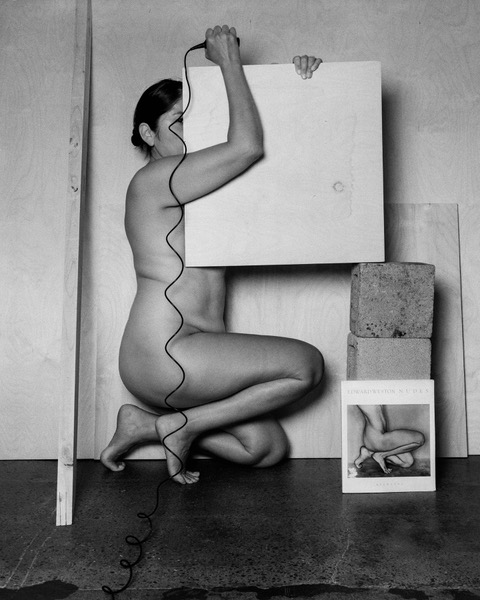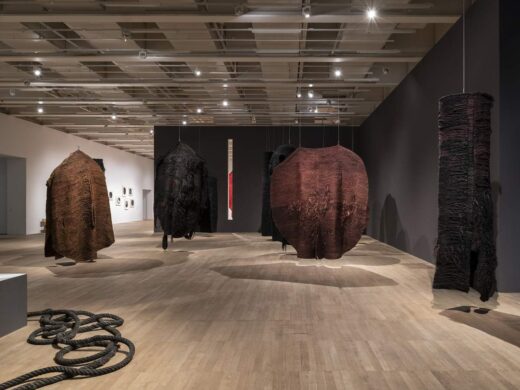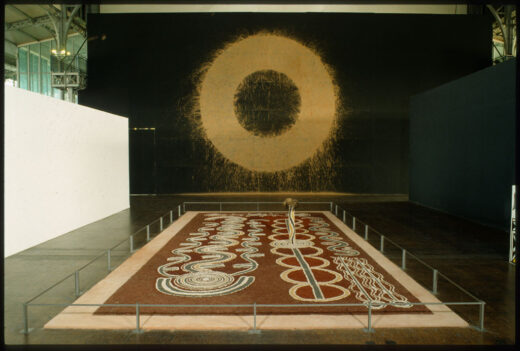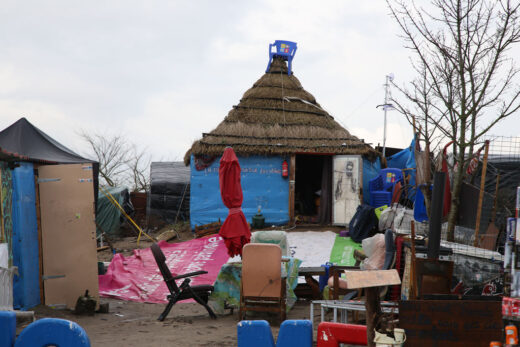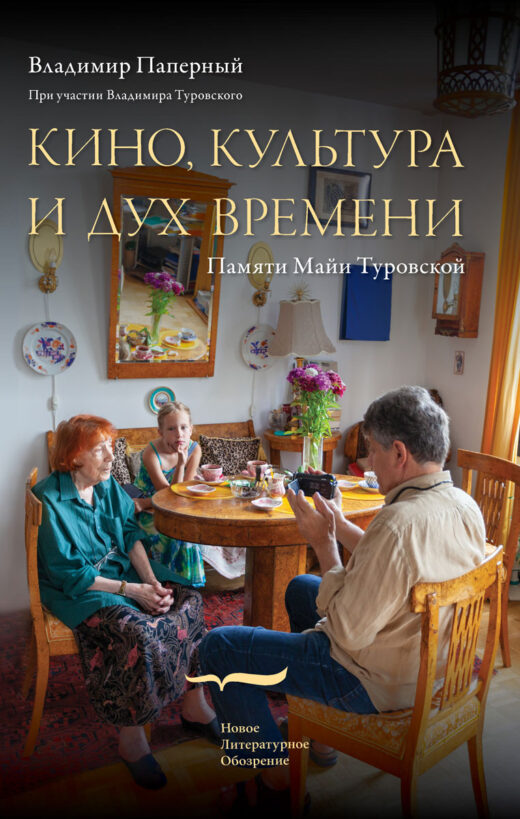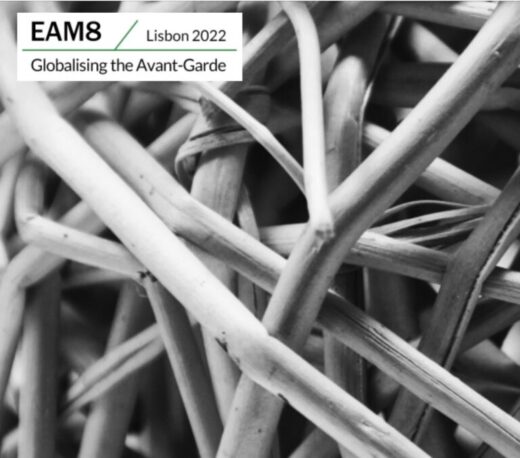“To Make Books Is to Multiply”: Artists’ Books and Feminist Expression in Mexico
In the late 1970s and early 80s, artist’s books exploded in Mexico City. The impetus for this explosion has often been located in the artistic practice of the experimental artist Felipe Ehrenberg and the bookmaking workshops he offered beginning in 1976. While Ehrenberg was undoubtedly influential, this essay reexamines the history of this period—a so-called Golden Epoch of independent publishing in Mexico––in order to recuperate the significant role that feminist-aligned artists played in advancing the medium of the artist’s book. In particular, I examine early editions produced by the artists Magali Lara and Yani Pecanins. Both prolific producers and staunch … Read more






